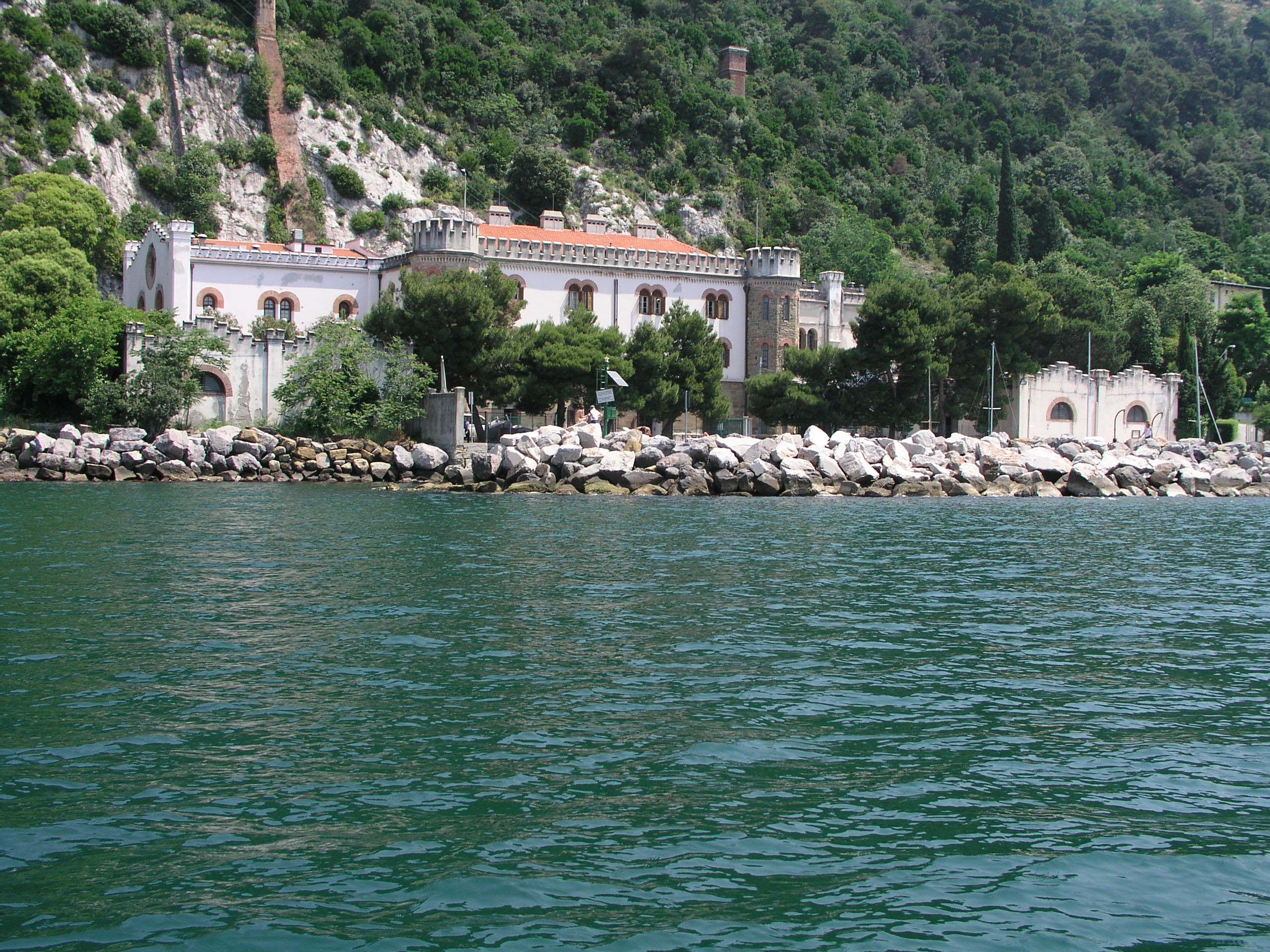CO2GeoNet-OGS -
Ecological laboratory for mesocosm experiments
Laboratory equipment
The ecological laboratory allows experimentation in artificial enclosures in order to estimate the immediate and long term effects of CO2 exposure on organisms and communities. In a series of exposure experiments, key functional species can be exposed to elevated levels of CO2 for periods analogous to potential leakage scenarios and then returned to normal field conditions to monitor their recovery. A vast collection of cultures of unicellular planktonic organisms for studying the ecology and ecophysiology of protists is available. The laboratory facilities include: work-in-cool rooms with light controlled conditions for protists cultures; tanks with running seawater; direct access to sea water. The laboratory is equipped with microscopes, thermostatic incubators, pHmeter, salinometer.

This research infrastructure may be considered “unique” due to its proximity to the sea, the running seawater in the RI, the existing collection of planktonic organisms. The RI is provided with equipments for the sampling of benthic and planktonic organisms which, due to the proximity of the sea, can reach the laboratory in short time minimizing stress. The RI equipments allow performing ecological and ecophysiological studies under controlled conditions (light, temperature, pH, salinty); moreover the experimental activities are facilitated by the presence of the Microbiology, Primary Productivity, Molecular Biology and Biogeochemistry Laboratories of the OGS-Biological Oceanography Dept. Micro/Mesocosm experiments can be set up in order to establish the response of specific organisms or community to different environmental perturbations by monitoring biodiversity, physiology and metabolism. The equipment and expertise in the RI allow to determine the main parameters necessary to describe both the carbonate system and the organic carbon cycle in order to fully characterized the mesocosms responses under changing conditions.